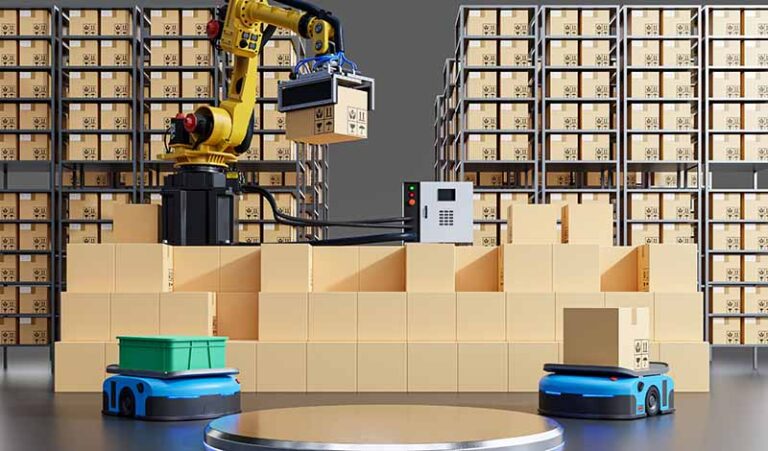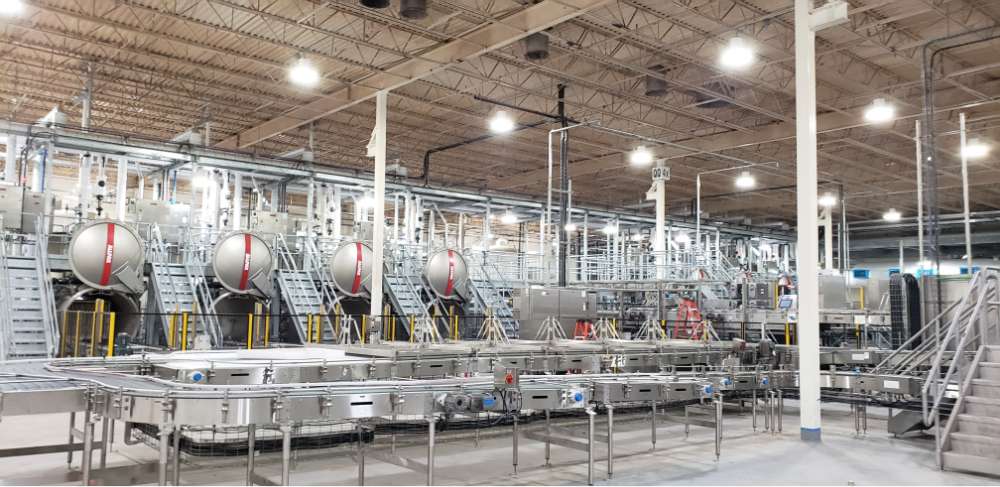
In today’s fast-paced industrial world, seamless device integration isn’t just beneficial—it’s essential. At PEC, we specialize in advanced integrated device technology that can propel your business forward. Discover how our solutions can streamline operations, boost productivity, and give you a competitive edge.
Integrated device technology involves using a range of systems and devices that work together as a unified whole. While individual solutions meet specific needs, the focus is on collaboration and communication among all parts of the system.
When your warehouse staff use handsets to scan items in and out, this inventory data should be accessible to other parts of your business. For example, your teams need access to this data in real-time to gain up-to-date insights into product statuses. This is an example of what integrated devices can achieve.
This requires a centralized platform that provides comprehensive control and monitoring capabilities. Devices integrate with this software, creating a single source of truth. With integrated datasets, data silos become a thing of the past, and all employees work from the same information.
We design integrated device networks to be fluid and flexible. At the beginning, our experts create a complete solution that meets your current business needs. As your business grows, you can add further integrations, creating an evolving network.
Stakeholders can connect to this network from secure devices anywhere in the world, thanks to cloud-based technology. This creates a unified business with a global outlook, leading to high performance, better customer service, and increased efficiency.

What advantages can you expect when you use integrated device technology? Here are the core benefits of device integration.
1
Using integrated device technology helps you get more from your device data. Thanks to comprehensive connectivity, your hardware and software integrate with a broader network, enabling communication between different systems and devices.
This is necessary in today’s Information Age. Reliable data transfer supports real-time monitoring, helping you gain up-to-the-minute insights from your devices.
2
Device integration significantly reduces the potential for errors. With fewer links in the chain and fewer potential weak points, errors are less likely to occur. If you have to manually move data or depend on a middleman, the process gets complicated and mistakes can happen.
When devices communicate directly, human error and other issues disappear. With integrated devices, there’s no data corruption, and you can always trust your information.
3
Data security is important in modern business. Companies must follow US and international data protection standards, handling sensitive data responsibly and sustainably. Integrated devices are a big part of this.
As we’ve mentioned, device integration removes potential weak points and unnecessary complexity. Instead, data moves directly between the devices and systems that need it, with no middleman or interception. With this simplified, permission-based system, it’s much easier to achieve high-level data security.
4
When devices can communicate with one another, productivity and throughput greatly improve. There are no communication inefficiencies or data bottlenecks. Instead, there’s a smooth, streamlined network of processes.
This has a significant impact on your business’s overall capability. Device integration sets the stage for increased efficiency across your entire organization. This makes it easier to stay on track and keep your team highly engaged.
5
With device integration, monitoring becomes more straightforward. You can monitor device performance in real time, from a centralized location or remotely. This is crucial in modern business, as management needs to stay aware of device and system performance at all times.
By proactively monitoring, your teams can ensure devices and systems are running efficiently and cost-effectively. Any issues can be quickly spotted and resolved before they become major problems.
6
With smart, integrated components, you transform the way your systems operate. For example, advanced power management tools help you extend your devices’ lifespan. They can also help reduce energy use by supplying the right amount of power for each task. Serial switching components enhance communication between systems and devices.
All of this helps your business become more flexible and agile. As processes become more streamlined, planning your operations and reaching milestones becomes easier than ever.

At Process Equipment & Controls, we are experts in device integration and tailored solution development. Whether you need optical interconnects or wireless power solutions tailored to your industry. Our highly trained professionals will develop custom solutions to meet your needs.
From this starting point, we put our experience and knowledge to work. Our people are our biggest asset. We assign the right team members to your project to develop your custom-integrated solutions. PEC is the go-to for many clients across various fields—we’re confident we can deliver what you need.
It all begins with a consultation. Reach out to our team and schedule yours today, and let’s chat about what device integration can do for you and your business.